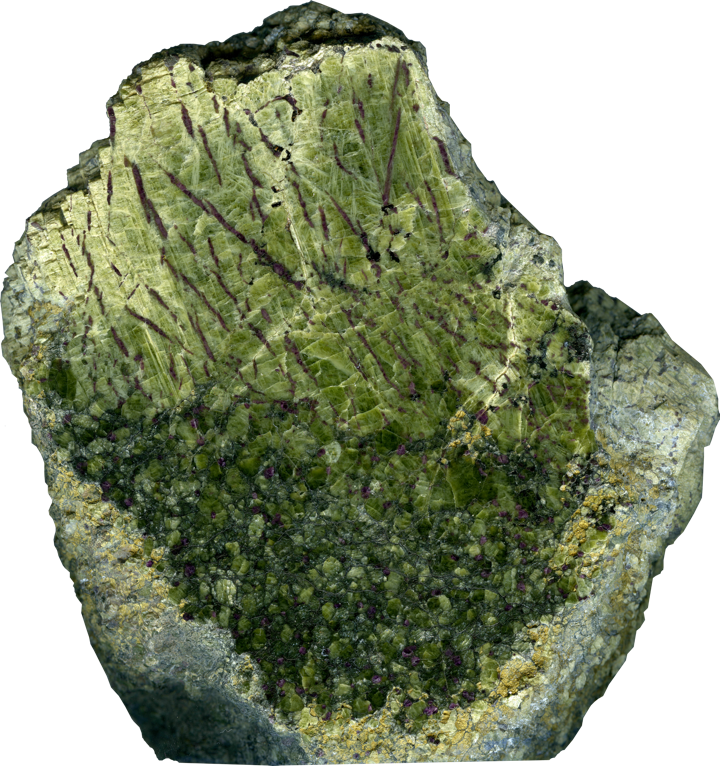Mantle plume billions of years ago may have helped establish land on Earth
Posted on: 28 March 2018
Geologists have unearthed evidence that suggests the major ‘craton’ – which forms the nucleus of the continent of Africa – was formed billions of years ago by an ascending plume of extremely hot rock from the earth’s core-mantle boundary.
The seven continents on Earth today are each built around a stable interior called a craton, and geologists believe that craton stabilisation some 2.5 — 3 billion years ago was critical to the emergence of land masses on Earth. Little is known about how cratons and their supporting mantle keels formed, but important clues can be found in peridotite xenoliths, which are samples of mantle that are brought to the Earth’s surface by magmas (e.g. through volcanic eruptions).
Writing in international journal Geology, a team led by Assistant Professor in Geology at Trinity College Dublin, Emma Tomlinson, reports on an exceptionally well-preserved crystal from the Kaapvaal craton, southern Africa, and the secrets buried within. Their findings provide support for the idea that Earth’s cratons were formed by mantle plumes billions of years ago.
When this crystal formed, it would have been one single mineral, which subsequently unmixed into garnet and orthopyroxene. This unmixing process is driven by a significant change in conditions — either by cooling, or by an increase in pressure.

Importantly, the chemical composition of the garnet and orthopyroxene in this large crystal are identical to garnet and orthopyroxene in the host peridotite xenolith. Considered alongside the observation that there is a close spatial relationship between garnet and orthopyroxene in peridotite xenoliths, this implies that garnet and orthopyroxene in normal cratonic peridotite also formed by unmixing of a single parental mineral.
Dr Tomlinson said: “The chemical composition of the parent mineral suggests that it was formed at high temperature of about 1750 ?C, and pressure of about 6GPa, which equates to what you would find at 180 km depth. This implies the crystal — and, by extension, the peridotitic mantle below the Kaapvaal craton — formed at very high temperature and significant depth, which supports models that suggest the cratonic mantle formed from a mantle plume. The cratonic mantle then cooled to around 950?C, which caused the garnet and orthopyoxene to unmix.”
Future work will focus on the origin and condition of formation of the parent mineral, using samples from the Kaapvaal and also the North Atlantic craton.
Understanding the origin of garnet and orthopyroxene in cratonic peridotites is key to understanding the formation and stabilisation of the cratons and the emergence of land on Earth. A knowledge of the conditions that permit stable continent formation on a planet is also paramount for the search for other habitable planets and for complex extra-terrestrial life outside the solar system.
The journal article can be read here.
